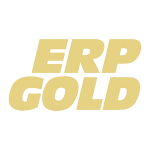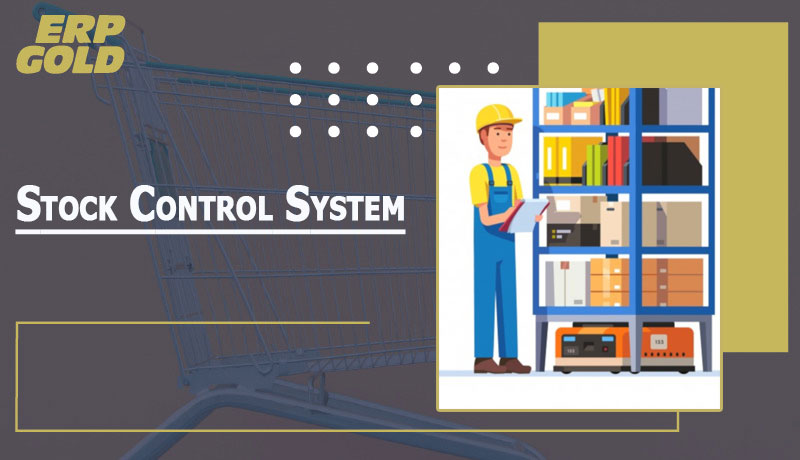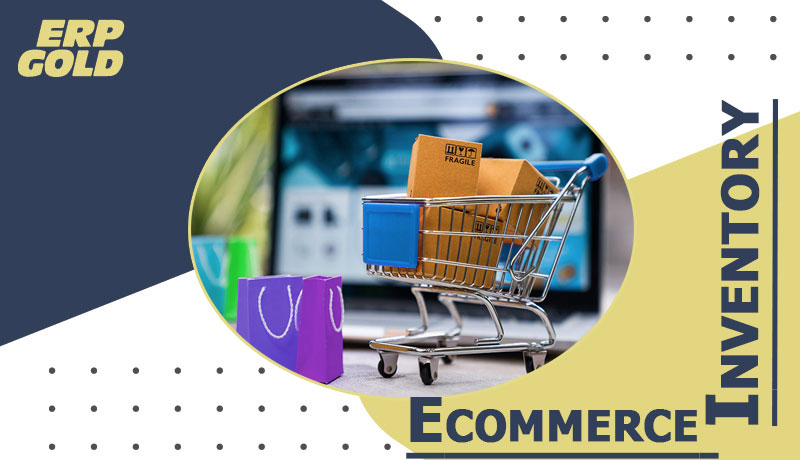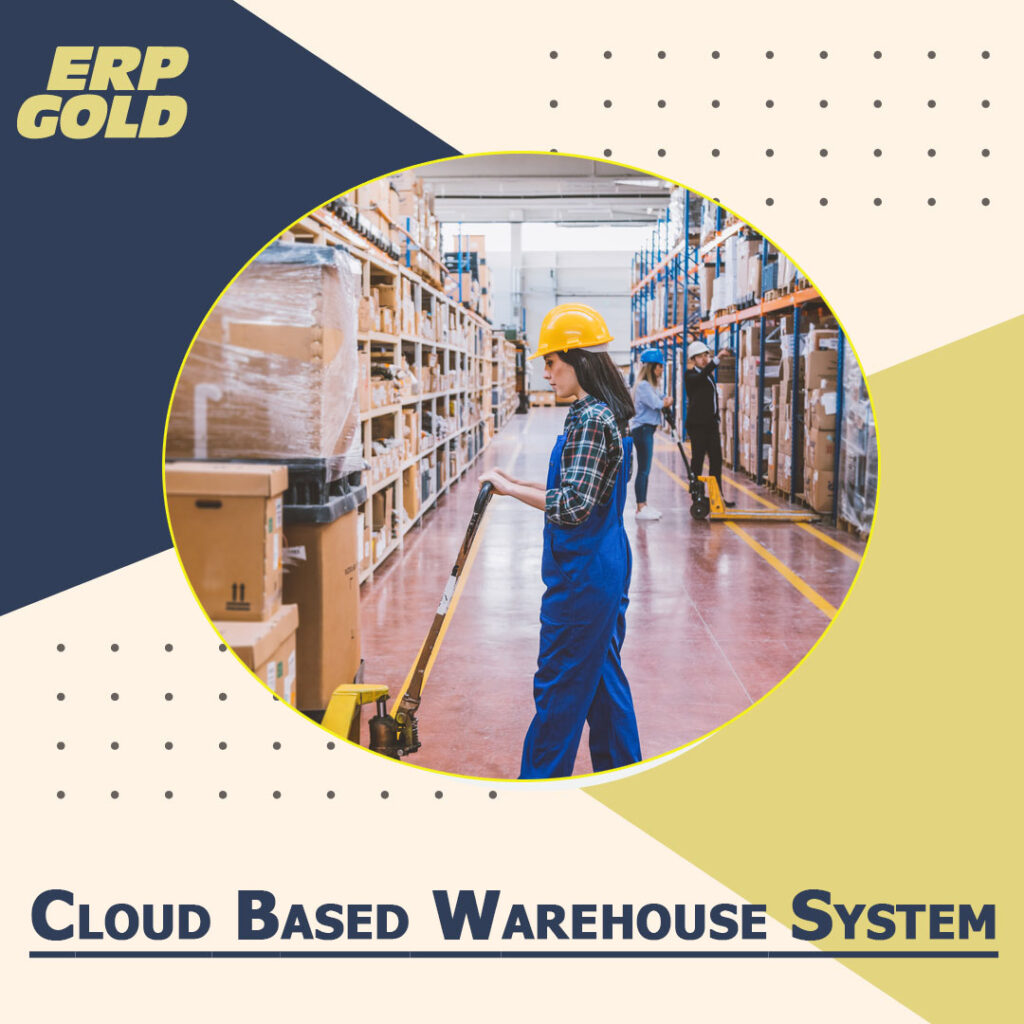Stock control system for small business requires precise measurement and monitoring. For small business, this might be a daunting job. With the correct tools, you can take control of your stock and remove guessing. Let’s examine why small enterprises need stock management software.
Inventory management may make or ruin a small business. Stock management for auto parts, pharmacy, tool businesses, and everything is crucial.
This involves understanding when to refill your best-selling items and when to expect them to sell out. Not selling things and how to prevent over-ordering.
Tactics for Stock Control
- Stock buying or Ordering
Stock ordering is critical to good small company. stock management should be incorporated into your small business ERP software. You must supply the appropriate goods, at the right price, at the right time, or risk losing clients.
This Stock control system for small businesses, having full shelves and ordering minimums and maximums to some companies. Managing these minimums and maximums may be difficult, especially when seasonal tendencies exist.
- Ultimate in order
The ultimate in order is a system that considers all possible ordering strategies. Your company may use an ordering schedule that combines all stock control strategies. Your business may maximize cash flow during slow seasons and end-of-year sales while increasing shelf stock during peak periods.
Foundation of Stock Control System for Small Business:
The foundations of good small company stock control remain the same regardless of industry.
Quality – understanding what stock to purchase when to buy it, and how much to buy is critical for small company stock management efficiency.
Value – determine which stock goods have the highest gross margin and concentrate on selling them to enhance profit.Know your best-selling and slow-moving stock products to optimize your ordering strategy.
How to Control Small Business Stock
Reduce mistakes – manually tracking data leads to human errors such as data input typos. These errors harm the company from the depth that is very hard and difficult to solve.
Handheld scanners used for stock-taking are not only accurate but also simple to operate, requiring little training for workers.
Grow with your business. – you don’t want to outgrow your Stock control system for small business. You may wish to expand your shop or product ranges. With the correct software, your company can manage its stock as it grows.
Should You Deploy Stock Control System For Small Business . . .
To find out which items sell where and how many are produced, a Stock control system for small businesses is the only solution for your small start up and it will lets you monitor sales. (It’s not magic!) So you may alter shipments, delivery and even manufacturing to perfectly fit your demands. This reduces inventory expenses and increases profitability. It also helps you avoid overstocking and under stocking charges.
- Customer service – inventory management helps you to avoid mistakes like enabling clients to order goods that are out of stock. The system should also monitor manufacturing and backorders so you can inform interested consumers when the item will be available. Backorders, or orders made when a product is out of stock, may help you gauge demand and optimize availability of high-demand goods.
- Theft control – although not always a concern for small firms, particularly those based online, it becomes critical when hiring personnel or opening a physical store. Stock control system for small businesses shows you how many things you have and how much money you make from sales, so you can detect when anything goes missing. That’s something to keep in mind.
- Accounting – monitoring sales improves accounting by automatically recording sales value, stock acquisition expenses, shipping and restocking costs.
- Product monitoring
It helps you priorities your inventory depending on sales and non-sales. This way, you can focus on the goods that will sell instead of the ones that won’t.
The benefits of stock control for small firms
- Employee fraud reduction
For all their seeming efficiency, paper-based stock management systems are inefficient. Every minute spent managing paper forms may be better spent earning revenue.
While the initial setup costs are greater than using paper-based alternatives, the money saved over time far outweighs this. So a better Stock control system for small business ERP can help the SMB’S to move forward without this theft fuss.
- Make precise
Asset monitoring is crucial for improving efficiency and meeting customer obligations. When employing stock management technologies like barcode inventory, data entry pros make one mistake for every 300 characters manually input.
- Less stock waste
Stock control concerns may result in loss. An inefficient system makes it harder to locate missing content, preventing resolution of the underlying problem. Inability to identify flaws makes it difficult to improve next time. A good Stock control system for small business makes tracking stock and finding it easier.
- Increased pleasure
All businesses seek to build a loyal customer base by providing distinctive offerings that keep consumers coming back. But they benefit from employing a company that handles stock control.
Customers’ orders may be matched and Stock control system for small business information can be provided. Good stock management and effective warehouse operations are necessary to meet the ever-increasing customer demands. This will speed up order processing and increase client satisfaction.
Conclusion
Stock control system for small business will be an online system which allows the owner of the business to add and update the stock in the system. In this way, they can easily manage their stocks with just a click of a button.


 A
A
 What Are the Benefits of Ecommerce Inventory Tracking Software
What Are the Benefits of Ecommerce Inventory Tracking Software